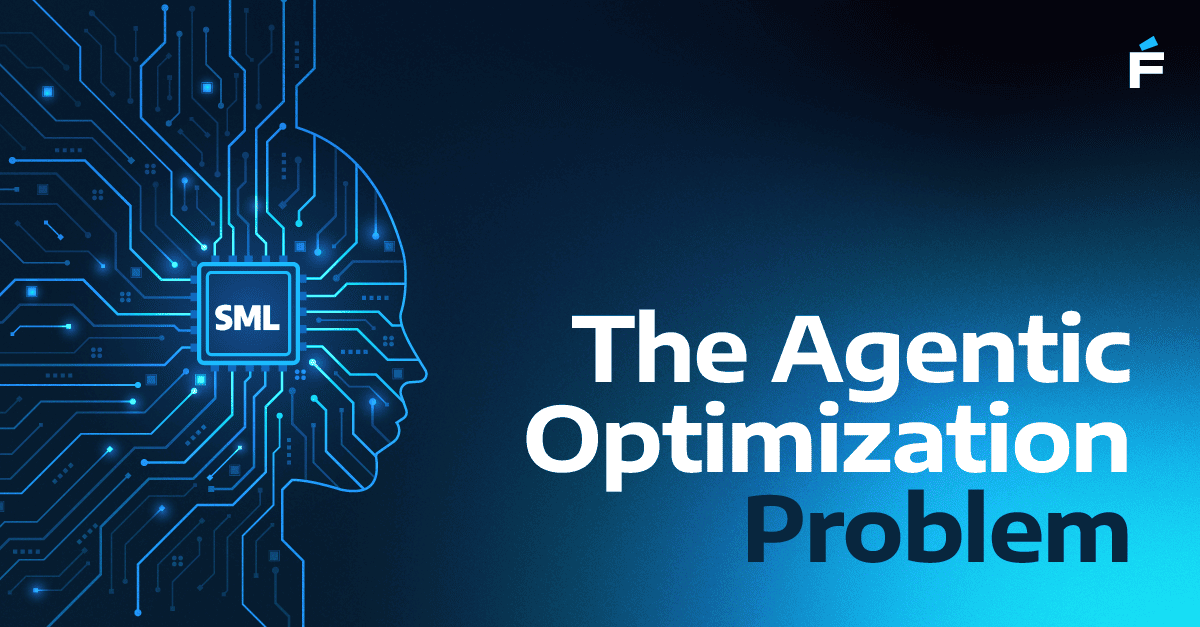Think of data engineering as the engine that drives the sleek, high-performance car of your SaaS application. While it might not be the flashy part, it's what keeps everything running smoothly. Data engineers are the unsung heroes, working tirelessly behind the scenes to collect, process, and transform raw data into valuable insights. In this blog post, we're peeling back the curtain on the world of data engineering, exploring the key roles, strategies for building a top-notch team, and the challenges that lie ahead.
The Core Roles in a Data Engineering Team
 Data Engineers:
Data Engineers:
- Role: Data engineers are the master builders who design and construct systems for collecting, storing, and analyzing data. They ensure that data flows smoothly from various sources to data storage and processing systems.
- Skills: Proficiency in programming languages like Python, Java, or Scala; experience with data warehousing solutions like Amazon Redshift or Google BigQuery; familiarity with ETL (Extract, Transform, Load) processes and tools like Apache NiFi or Talend; Data Quality practices and tools
But what does this look like? In a SaaS application that provides analytics for ecommerce platforms, for example, Data engineers would set up pipelines to gather transaction data, customer behavior, and inventory levels from various e-commerce sites. They would then ensure this data is processed and available for real-time analytics, enabling businesses to make quick, informed decisions.
Data Architects:
- Role: Data architects design the blueprint of data frameworks. They establish standards for data storage and processing, ensuring scalability, performance, and alignment with data quality standards
- Skills: Expertise in database design, data modeling, and architecture frameworks; knowledge of cloud platforms like AWS, Azure, or Google Cloud; strong understanding of security protocols and compliance requirements, and data governance best practices
In the same ecommerce analytics application, data architects would be responsible for designing a system that can handle millions of transactions per day. They would select appropriate databases, create data models that support fast queries, and choose an appropriate data processing model (batching or streaming). Additionally, they would implement security measures to protect sensitive customer information.
Data Analysts:
- Role: Data analysts interpret data and provide actionable insights. They create reports and dashboards to help business stakeholders make informed decisions.
- Skills: Proficiency in SQL and data visualization tools like Tableau or Power BI; strong analytical skills to interpret complex datasets; experience with statistical analysis and methodologies.
In this scenario, data analysts would create dashboards that visualize sales trends, customer demographics, and product performance. These insights help marketing teams craft targeted campaigns and product managers optimize their offerings.
Machine Learning Engineers:
- Role: Machine learning engineers build models that enable predictive analytics and automation within SaaS applications.
- Skills: Experience with machine learning frameworks like TensorFlow or PyTorch; knowledge of algorithms and data structures; ability to implement and optimize machine learning models.
Going back to our ecommerce analytics platform, machine learning engineers can develop recommendation engines for it, suggesting products to customers based on their browsing history and previous purchases. This would involve training models on large datasets and fine-tuning algorithms for accuracy.
DevOps Engineers:
- Role: DevOps engineers bridge the gap between development and operations, ensuring that data engineering solutions are seamlessly deployed and maintained.
- Skills: Proficiency in CI/CD (Continuous Integration/Continuous Deployment) tools like Jenkins or GitLab CI; experience with containerization tools like Docker and orchestration platforms like Kubernetes; familiarity with monitoring and logging tools.
DevOps engineers would be in charge of managing the deployment of the e-commerce analytics platform, using tools like Docker and Kubernetes to ensure the system can handle traffic spikes during peak shopping seasons. They would also set up monitoring systems to detect and resolve issues before they affect users.
[Read more: A day in the life of a Data Engineer
Building the Team: Strategies and Considerations
Hiring for Skill Diversity
A data engineering team thrives on a mix of skills. Look for individuals with varied backgrounds—some might excel in software development, while others have a knack for statistical analysis or data architecture. This diversity allows the team to tackle a wide range of challenges effectively.
- Consider candidates from different industries: A software developer from a financial services background might bring a unique perspective to handling transaction data, while someone with experience in healthcare analytics could offer insights into dealing with regulatory compliance and data privacy.
- Evaluate problem-solving skills: During interviews, present candidates with common industry problems, such as handling data schema changes without downtime, and assess their approach.
Emphasizing Collaboration
The success of a data engineering team hinges on collaboration. Encourage open communication and regular knowledge-sharing sessions. Utilize tools that facilitate collaborative coding, such as Git, and project management tools like Jira or Trello to keep everyone aligned.
Regular "lunch and learn" sessions where team members present recent projects or new technologies can foster a collaborative culture. Additionally, using collaborative coding platforms can streamline the development process, ensuring everyone stays on the same page.
Investing in Continuous Learning
Provide access to online courses, workshops, and conferences. Encourage team members to pursue certifications in relevant areas, such as cloud platforms or data science.
- Training budget: Implement a training budget that allows team members to attend industry conferences or enroll in specialized courses.
- Exploration time: Allocate time for team members to explore and experiment with new technologies.
Establishing Clear Roles and Responsibilities
Define each role within the team clearly to avoid overlaps and ensure accountability. Use role-specific metrics to measure performance, such as the speed of data processing pipelines for data engineers or the accuracy of predictive models for machine learning engineers.
Create detailed job descriptions and performance metrics for each role. For instance, data engineers could be measured by their ability to deliver data pipelines within set timelines, while machine learning engineers might be evaluated based on the performance and accuracy of their models.
Challenges and How to Overcome Them

Scalability Issues As the volume of data grows, systems must scale accordingly. Invest in scalable cloud solutions and ensure your team is adept at managing distributed systems.
A SaaS platform experiencing rapid growth might suddenly need to handle ten times the amount of data. Planning for scalability from the outset and using cloud-native solutions can help manage this growth without disruption.
You can also explore outsourcing. Forte Group’s Data Engineering solutions are designed to address scalability proactively, allowing your data infrastructure to grow with your business while maintaining optimal performance, even as data volumes increase.
Data Quality and Consistency
Inconsistent or poor-quality data can derail analytics efforts. Implement strong data governance policies and use automated tools to monitor data quality continuously.
Establish data governance protocols that include regular audits and the use of automated data validation tools. This ensures that any data anomalies are detected and corrected promptly, maintaining the integrity of analytics.
Keeping Up with Technology
Regularly review and update your technology stack, and encourage your team to experiment with new tools and frameworks.
Allocate time for team members to explore and experiment with new technologies. Conduct periodic reviews of the technology stack to ensure it remains current and aligned with industry best practices.
Balancing Speed and Accuracy
While speed at data processing is important, accuracy should never be compromised. Establish a balance by setting realistic deadlines and ensuring thorough testing at each stage of development.
Implement a development workflow that includes rigorous testing phases. For example, before deploying a new data pipeline, conduct thorough testing to ensure data accuracy and performance under different loads.
Managing Remote Teams With the rise of remote work, managing a geographically dispersed team can be challenging. Utilize communication platforms like Slack and video conferencing tools like Zoom to maintain regular contact. Build a sense of community through virtual team-building activities.
Organize regular virtual meetups and team-building exercises. Use collaboration tools to keep remote team members engaged and informed, ensuring they feel part of the team despite the physical distance. Download Forte Group’s white paper on how to drive the most value out of remote teams for some extra tips.
Future-Proofing Your Team
To stay ahead in the SaaS industry, your data engineering team must be prepared for future challenges. Here are some strategies:
- Creating a Culture of Innovation
Encourage team members to experiment with new ideas and approaches. Create an environment where failure is seen as a learning opportunity rather than a setback.
- Innovation labs: Establish innovation labs or “hack weeks” where team members can work on passion projects or explore new technologies.
- Regular reviews: Use user feedback to refine data products and solutions.
- Leveraging AI and Automation
Integrate AI and automation tools to streamline repetitive tasks and enhance productivity.
Implement AI-powered data cleaning tools to handle mundane tasks, allowing data engineers to focus on more complex problems. This improves overall productivity and data quality.
- Building Strong Partnerships
Collaborate with other departments, such as product development and marketing, to understand their data needs better. This collaboration ensures that data engineering efforts are aligned with business goals.
Regular meetings with product and marketing teams can provide insights into their data requirements. This helps the data engineering team prioritize projects that directly support business objectives.
- Focusing on User-Centric Solutions
Ultimately, the goal of data engineering is to deliver value to end-users. Keep the user experience in mind when designing data solutions, and gather feedback regularly to make necessary improvements.
Use user feedback to refine data products and solutions. For instance, if users report slow dashboard load times, data engineers can optimize queries and improve data retrieval processes.
Wrapping up
- Assembling a top-tier data engineering team is an intricate process that involves careful planning, cultivating a collaborative environment, and prioritizing ongoing education.
- Addressing issues like scalability and data quality with proactive solutions and innovative technologies ensures that your team remains agile and effective.
- Strengthening partnerships across departments and focusing on user-centric solutions further enhances the impact of your data initiatives.





